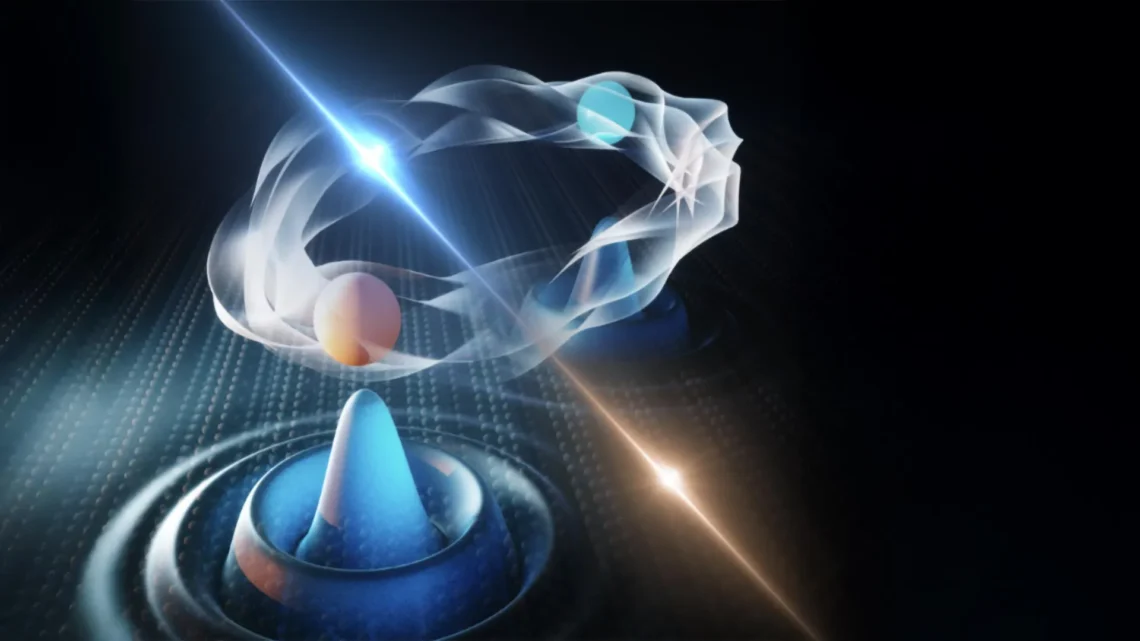Scientists from the U.S. Department of Energy’s Ames National Laboratory and Iowa State University have made a surprising discovery of a “quantum echo” in a superconducting material. This finding offers valuable insights into quantum behaviors, which could be pivotal for the development of next-generation quantum sensing and computing technologies.
Superconductors are materials that can conduct electricity without any resistance. Within these superconductors, there are collective vibrations referred to as “Higgs modes.” A Higgs mode is a quantum phenomenon similar to the Higgs boson, occurring when the electron potential fluctuates during a superconducting phase transition.
For a long time, scientists have struggled to observe these vibrations, as they exist only for a fleeting moment. Their behavior is also complex due to interactions with quasiparticles—electron-like excitations that arise when superconductivity breaks down.
However, utilizing advanced terahertz (THz) spectroscopy techniques, the research team has identified a new type of quantum echo, known as the “Higgs echo,” in superconducting niobium materials used in quantum computing circuits.
“Unlike traditional echoes seen in atoms or semiconductors, the Higgs echo results from intricate interactions between Higgs modes and quasiparticles, generating distinctive signals,” explained Jigang Wang, a scientist at Ames Lab and the lead researcher.
Wang notes that the Higgs echo can uncover hidden quantum pathways within the material. By applying precisely timed pulses of THz radiation, his team managed to detect these echoes, which can be used to encode, store, and retrieve quantum information within the superconducting material.
This research showcases the potential to control and observe quantum coherence in superconductors, paving the way for innovative methods of quantum information storage and processing.
“Gaining a better understanding and control of these unique quantum echoes brings us closer to realizing practical quantum computing and advanced quantum sensing technologies,” said Wang.
This project received partial support from the Superconducting Quantum Materials and Systems Center (SQMS).
Summary: Researchers from Ames National Laboratory and Iowa State University have discovered a “Higgs echo” in superconducting materials, enhancing our understanding of quantum behaviors. This breakthrough could lead to advancements in quantum computing and sensing technologies. By utilizing terahertz spectroscopy, the team was able to observe and manipulate these quantum echoes, which could revolutionize information storage and processing in superconductors.




